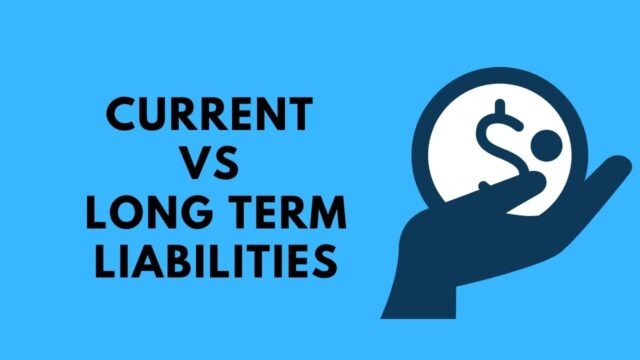
When running a business, it is important to understand the different types of financial obligations that need to be accounted for. One of these is liabilities, which refers to any debts or obligations that a company owes to others. Liabilities are classified into two categories, current and long-term. While both current and long-term liabilities represent financial obligations, knowing the difference between the two is essential to manage the finances of a company effectively.
Current Liabilities
Current liabilities are financial obligations of a business that are due and payable within one year or an operating cycle of a business, whichever is longer. These could include accounts payable, taxes owed, wages owed, short-term loans, and accrued expenses. The key feature of current liabilities is that they are expected to be paid off using current assets such as cash and accounts receivable. As the current liabilities are short-term, they must be settled in a relatively shorter timeframe.
Long-Term Liabilities
Long-term liabilities, on the other hand, are financial obligations due to be paid off beyond one year or an operating cycle of a business, whichever is longer. These liabilities are usually associated with borrowing or financing activities such as long-term loans and bonds. In contrast to current liabilities, long-term liabilities have no immediate obligation to repay. In most cases, businesses make payments on these liabilities over many years.
Impact on Business Operations
Current liabilities can have a significant impact on day-to-day operations. For example, a business might use short-term loans to cover payroll expenses. In contrast, long-term liabilities generally have less of an impact on day-to-day operations and are often used to finance significant investments, such as research and development, property, and equipment acquisitions, or expansion of business operations.
Financial Statement Analysis
Understanding the difference between current and long-term liabilities is critical in analyzing a company’s financial statements. The current ratio is a liquidity metric that calculates the company’s ability to pay the current liabilities. It is computed by dividing the company’s current assets by current liabilities.
Comparing this ratio to industry benchmarks or previous years’ statements can give insights into a company’s ability to pay its debts. Investors also use the debt-to-equity ratio to assess the financial health of a company. It compares the amount of debt the company owes to its shareholders’ equity.
Managing Liabilities
It is important to manage liabilities effectively to avoid cash flow problems, bankruptcy, or financial insolvency. Maintaining a healthy ratio of current assets to current liabilities ensures a business’s short-term solvency. A business should balance managing its short-term obligations and managing long-term liabilities to maximize returns. In some cases where dealing with long-term liabilities, a CFO might consider debt refinancing, issuing bonds or shares or converting outstanding debt into equity.
Conclusion:
In conclusion, understanding the difference between current and long-term liabilities is essential to make informed business decisions, from keeping track of day-to-day liquidity to making long-term investment planning. Current liabilities represent the short-term financial obligations of a business that are expected to be settled soon. Whereas long-term liabilities are expected to be paid off over a period of more than a year. Monitoring liabilities and maintaining a balanced management approach is the key to financial sustainability for any organization.


































